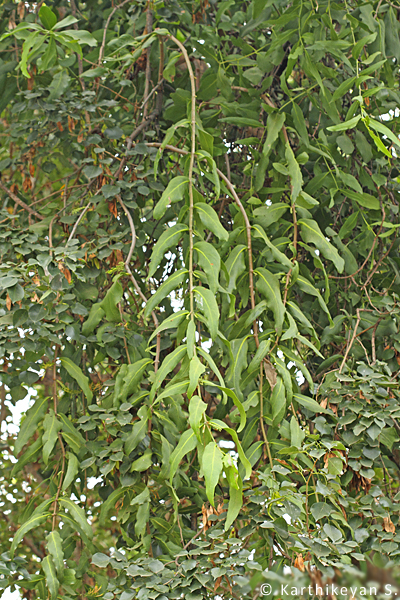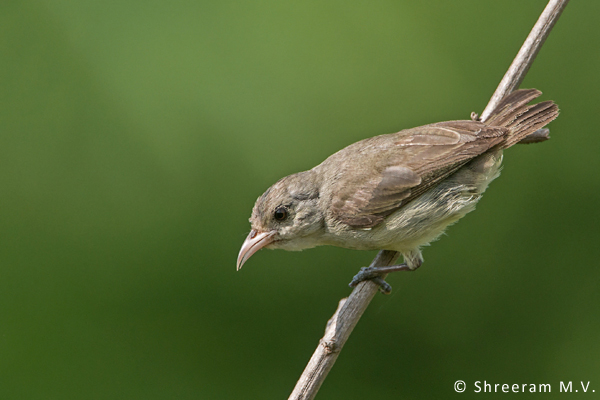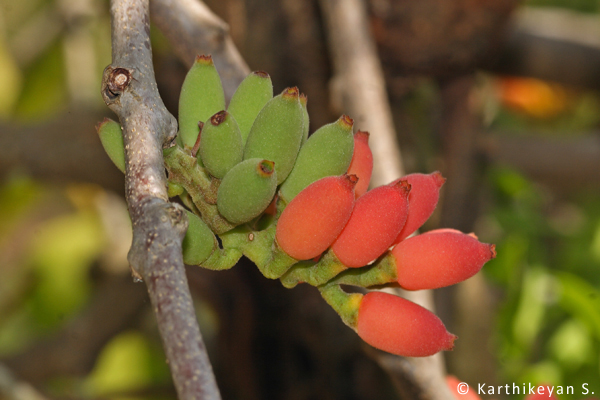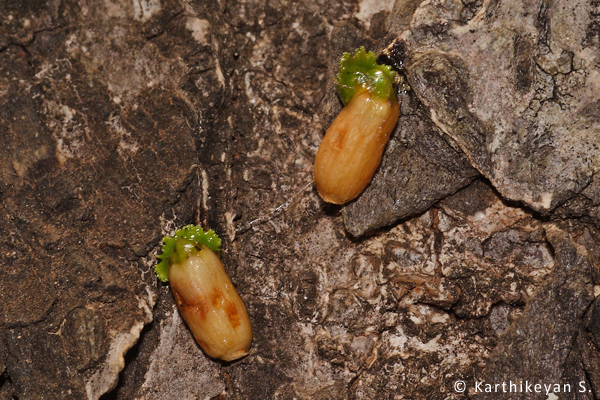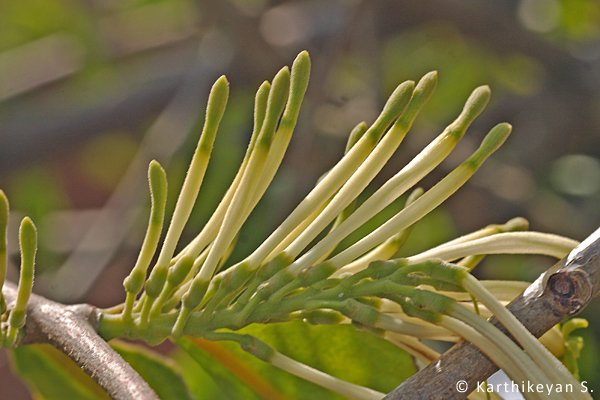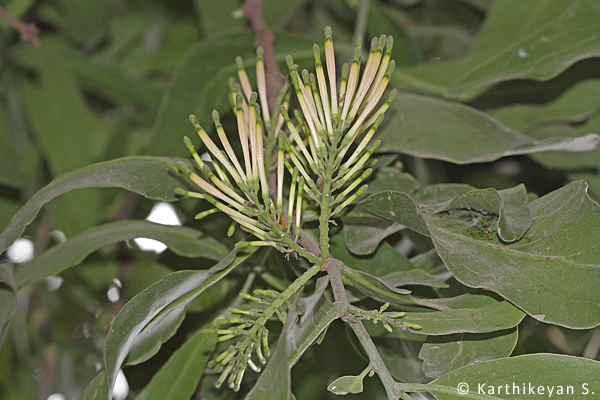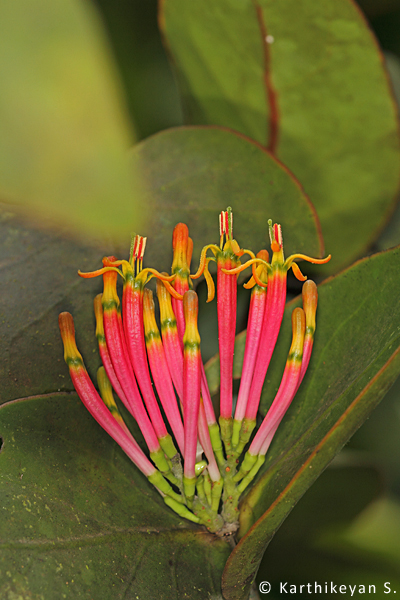For many of us the mistletoe is perhaps just a mythical plant that druid Getafix harvested with his golden sickle and used to prepare his magical potion that helped the Gauls keep the Romans at bay. With Christmas round the corner, those familiar with the customs of other lands know it for other reasons.
But the mistletoe is very interesting indeed – a plant that has a lifestyle very different from the usual. A walk along the city streets is likely to reveal the presence of one, if only you observed carefully amid the foliage of some of the avenue trees.
This probably should set you thinking. How did it get up there? How would it get its nutrients? And, so on…
The mistletoe is dependent on a tiny bird called a flowerpecker to disperse its seeds.
The flowerpecker feeds on the fruits (drupes) of the mistletoe.
The seeds by virtue of them being sticky usually get stuck to the beak of the bird. The bird then dislodges the seed by rubbing its beak against a twig or the trunk on which it is perched. This also means that the mistletoe is not very host specific and can be seen growing on a wide variety of trees and shrubs. The seed then germinates and slowly sends its roots into the conducting tissues of the host plant.
As it grows, it continues to draw the raw material from the host and since it has chlorophyll (the green pigment that enables the plant to photosynthesise), it produces its own food. This makes the mistletoe a partial parasite. This means that it grows on other plants and trees and draws only the raw material from the host. One can see the mistletoe either growing along the trunk of the host in some cases or perhaps as a clump originating from the one point where the seed was originally deposited by the flowerpecker.
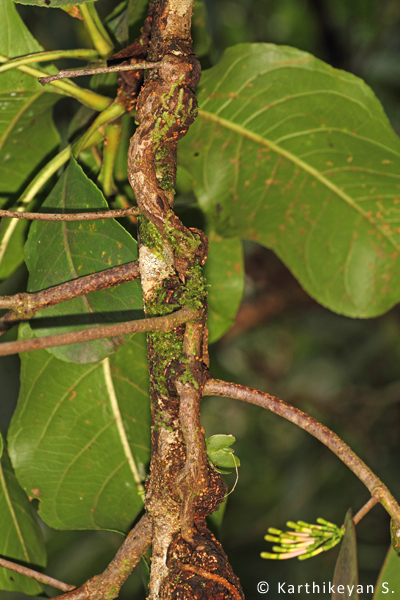 Mistletoes are flowering plants. Their flowers vary depending on the species.
Mistletoes are flowering plants. Their flowers vary depending on the species.
Mistletoes are an important group of plants with a greater diversity in the tropics. They support a whole array of organisms in the ecosystem. One such from the urban spaces is a very pretty butterfly called the Common Jezebel. The larvae feed only on mistletoe leaves. It is important for us to realise that the various elements in Nature are all interconnected.
So let us not simply be quick to get rid of them because they are parasites. Let us also think for a moment as to what would become of all the other species that are dependent on the mistletoe. And, of course how would the Gauls keep the Romans away and what would we substitute mistletoe with during Christmas to hang on the door frame?!
